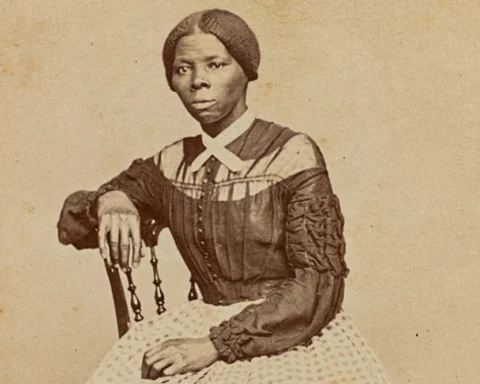By Liam Knox
Late Friday night, long after most people had settled in for a long Presidents’ Day weekend, the Education Department’s Office for Civil Rights declared in a four-page letter that any race-based policies or programming in K-12 schools and colleges were unlawful. The letter targeted “every facet of academia,” from scholarships and academic prizes to campus cultural centers and even graduation ceremonies. If institutions fail to comply in 14 days, they risk losing federal funding.
By the following morning, the letter had spread fear and indignation throughout the American education system.
If the OCR’s threats are carried out—which would be unprecedented for the office—higher ed institutions could lose out on billions in funding for research grants, student financial aid and institutional support, undermining decades of work to improve success and access for marginalized students. At the same time, it’s unclear if all or even most of the letter’s dictates will hold up in court. Brian Rosenberg, former president of Macalester College and a visiting professor of education at the Harvard Graduate School of Education, told Inside Higher Ed the letter was “truly dystopian.”
College presidents now face a fraught task: deciding what to do next.
The letter sent Friday night includes interpretations of both the Supreme Court’s affirmative action ruling in Students for Fair Admissions v. Harvard and federal nondiscrimination law that many scholars have long said amount to overreach. In particular, the department said that considering an applicant’s race as part of their experience as described in personal essays—a gap in the ruling explicitly left open by Chief Justice John Roberts—would be illegal, and that race-neutral recruitment and admissions policies like removing standardized test requirements could be investigated as proxies for racial consideration.
“We don’t agree with the conclusions they’re drawing and we’re not sure a lot of courts will agree with the conclusions they’re drawing,” said Jon Fansmith, senior vice president for government relations and national engagement at the American Council on Education. “This idea that anything that speaks to diversity is somehow discriminatory is very, very far out of the norm and very much outside of the law.”
In recent weeks, several Trump administration orders and directives have been challenged in lawsuits, and some were frozen by federal judges. Art Coleman, founding partner at EdCounsel LLC, a firm specializing in higher education law, said he wouldn’t be surprised to see challenges to this Dear Colleague letter.
While officials acknowledged in a footnote that the letter is merely “guidance” and “does not have the force and effect of law,” Coleman said the text of the letter itself sets out legal principles well beyond established legal precedent.
“A Dear Colleague letter—even one written in very technical, well-settled legal parlance—cannot change the law, cannot alter constitutional standards, cannot change the contours of what federal courts have said,” he said. “The practical reality on the ground right now is, institutions around the country are looking at a body of law that has not changed … What has changed is the threat of overreach and aggressive enforcement grounded in policy preferences, not legal standards.”
Coleman added that the exceedingly ambiguous language and questionable interpretations of legal precedent would make it hard to enforce.
“[The letter] says its intent is to ‘clarify and reaffirm’ the contours of federal nondiscrimination law. To the contrary, I think it confuses and obfuscates,” Coleman said. “They’re doing too much and too little at the same time … it’s a veiled threat without the details needed for enforcement.”
Still, Coleman said he doesn’t think the letter is all bluster, and that it would be “unwise not to take it seriously.”
“The mission really seems to be to overwhelm the arena of education, to chill and paralyze, and I think if you put this together with [Trump’s] executive orders [on DEI], the goal is to create so much consternation and confusion that you stop doing what you need to,” Coleman said.
Fansmith said that college leaders are concerned and the letter could have a chilling effect on what’s left of DEI programs. In recent weeks institutions have already scrubbed DEI mentions from websites in order to comply with the president’s executive order banning diversity, equity and inclusion programs. And in states where attorneys general interpreted the SFFA ruling to extend to race-conscious scholarships, colleges have removed racial considerations in student aid entirely.
Fansmith said institutions will have to decide how much they want to fight the department and will likely weigh other risks in choosing whether to comply. He thinks college administrators’ decisions will hinge in part on the department’s willingness to follow through on its threats and try to withhold federal funding, the final step in a lengthy investigative process. If they do, he said, that could change the risk calculation.
Coleman said that some of the letter’s targets, like race-based scholarships, could be subject to OCR investigations that might hold up in court depending on the details of a case. But he believes other targets, like cultural centers and DEI programming, are more securely protected by established precedent.
“The threats to the remaining facets of DEI that this administration doesn’t like, that’s where I think we’ve got a really strong guardrail,” he said. “But a guardrail is only as good as the people willing to stand behind it and fight.”





